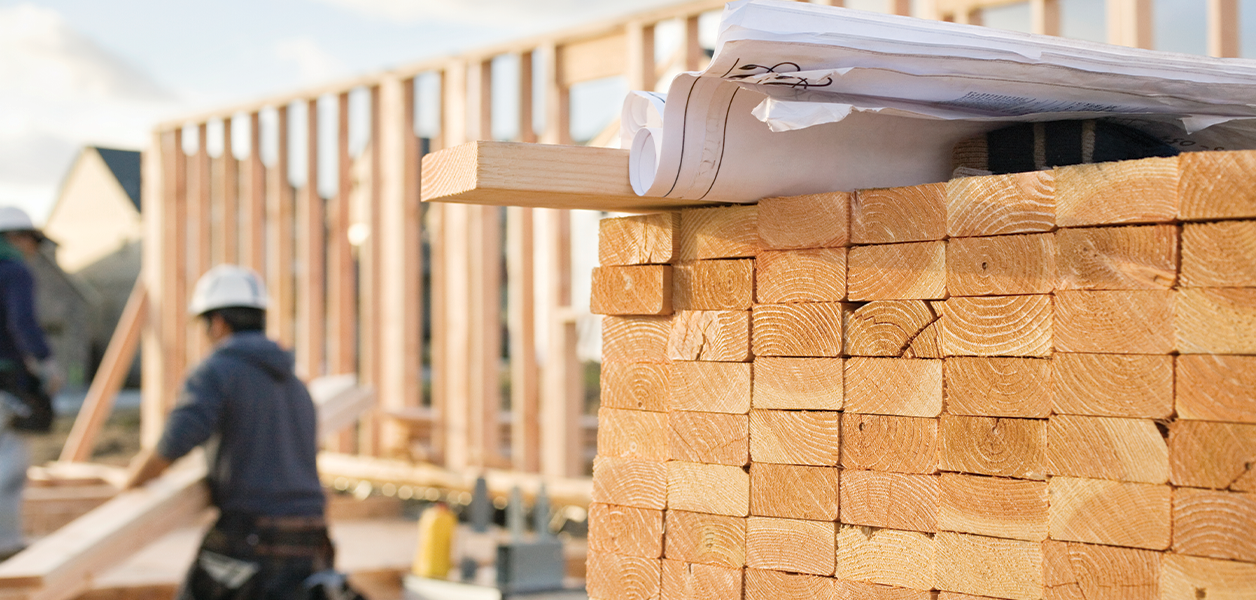Construction material prices rose 1.4% in February and are up 1.5% on a year-over-year basis, according to Associated Builders and Contractors. Prices in February were 40.6% higher than in February 2020.
Nonresidential construction material prices rose 1.3% from January to February and increased 1.8% compared with one year ago. Softwood lumber prices are down 10.4% year over year and up 1.7% from January to February. Iron and steel prices are up 2.7% year over year and 1.3% for the month. Natural gas fell 7.2% from January to February and is down 19% year over year. Crude petroleum rose 7.5% for the month and is up 1.6% year over year.
“For the past several weeks, inflation data have been coming in hotter than anticipated,” said ABC Chief Economist Anirban Basu. “This was also true for the February construction input price data, which indicated that upward price pressures are reemerging after a period of calm. Monthly inflation was apparent in several categories, including brick/tile, gypsum and steel mill products. With supply chains around the world rattled by military conflicts and other phenomena and workers’ wages far higher than they once were, there is reason to believe that inflation will remain stubbornly high for months to come.”
Basu said the higher construction material prices are bad news for two reasons.
“First, higher input prices implicate lower demand for construction services all else equal,” Basu said. “With project financing costs already elevated, project owners are less likely to move forward with construction work given already high and rising input costs.
“Second, recent inflation data render it more likely that interest rates will remain higher for longer,” he continued. “For weeks, the conventional wisdom has been that the Federal Reserve was poised to reduce interest rates. Today’s inflation data, along with other releases, suggest that hopes for rapidly declining rates were somewhat premature.”





